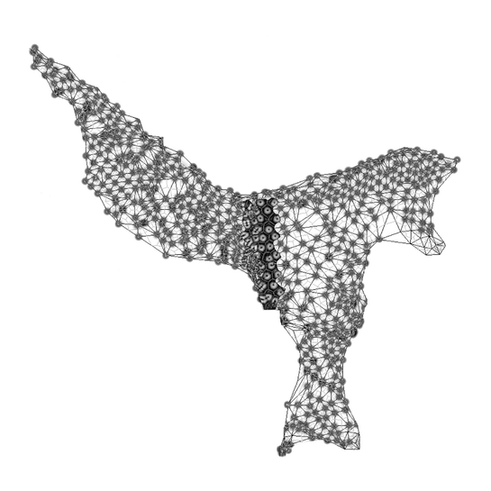Interchanges
Tenerife Ferry Terminal
Columbia University
New York, United States, 1997
Professors: Alejandro Zaera-Polo, Farshid Moussavi
Assistant: Ciro Najle
Students: Yehoshua Gutman, LluisLluís Ortega, Johannes Kappler, David Serero, Anne Save de Beaurecueil, Elena Fernández, Alireza Razavi, Esther Sperber
The extension of our practice, space and time, has been modified through mechanisms of temporal and spatial displacement that characterize contemporary forms of economic integration. These changes in our domain of operation have opened possibilities to redefine material organizations. The ground is one of the architectural elements that have been subject to the most radical changes resulting of these processes. Grounds are no longer static, homogeneous, neutral, framed, or natural. They have become constructions, rather than pre-existing extensions.
The research explores the ground as a production, the result of a process of construction, rather than the translation, interpretation, or embodiment of ideas. Quantitative analysis, programmatic recategorization, phase diagrams, and sampling techniques replace conventional definitions of the ground. It uses models as an alternative to empirical knowledge, and diagrams to construct the project as an integration of multiple orders, as a mediator between information and form.












